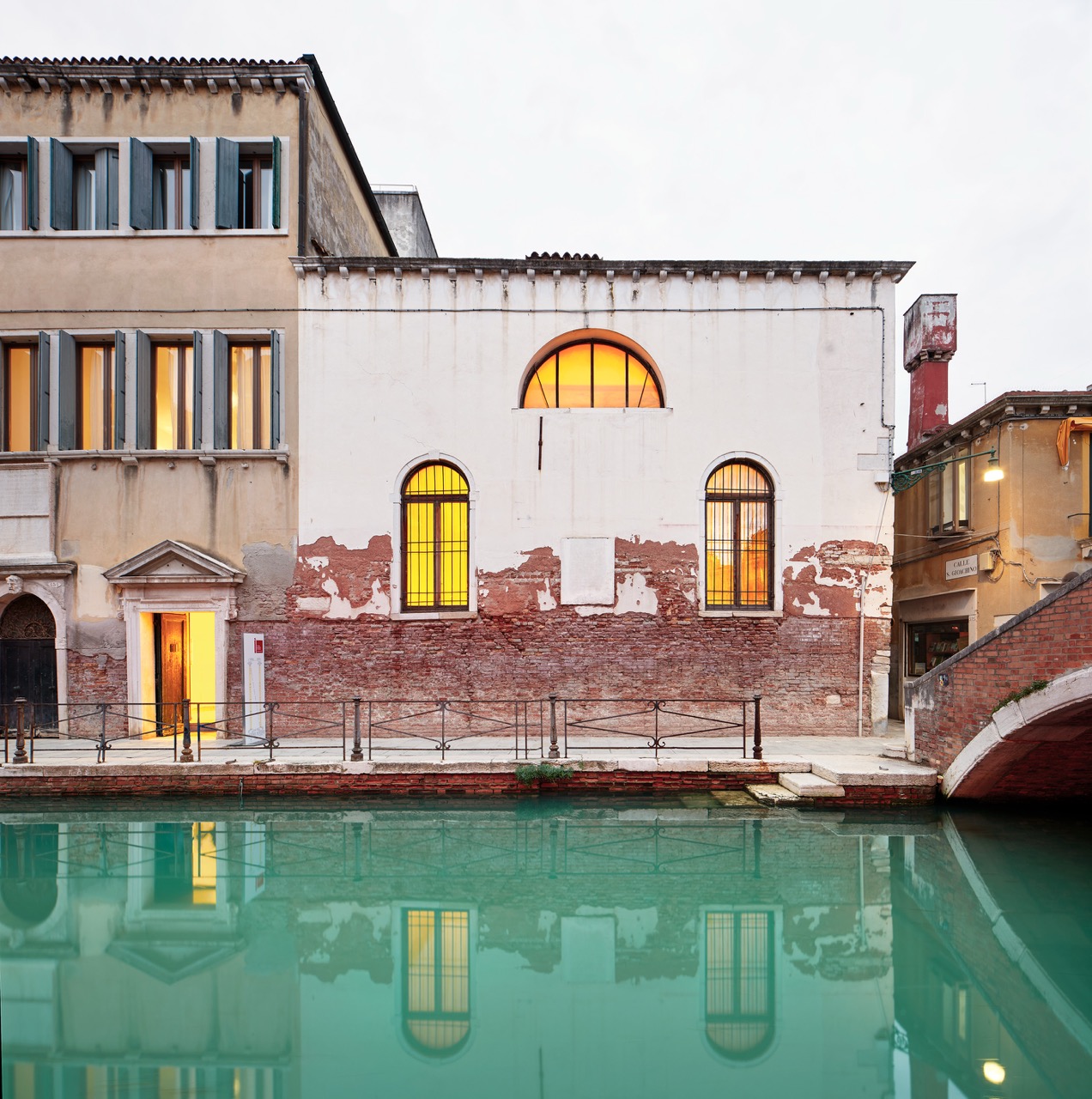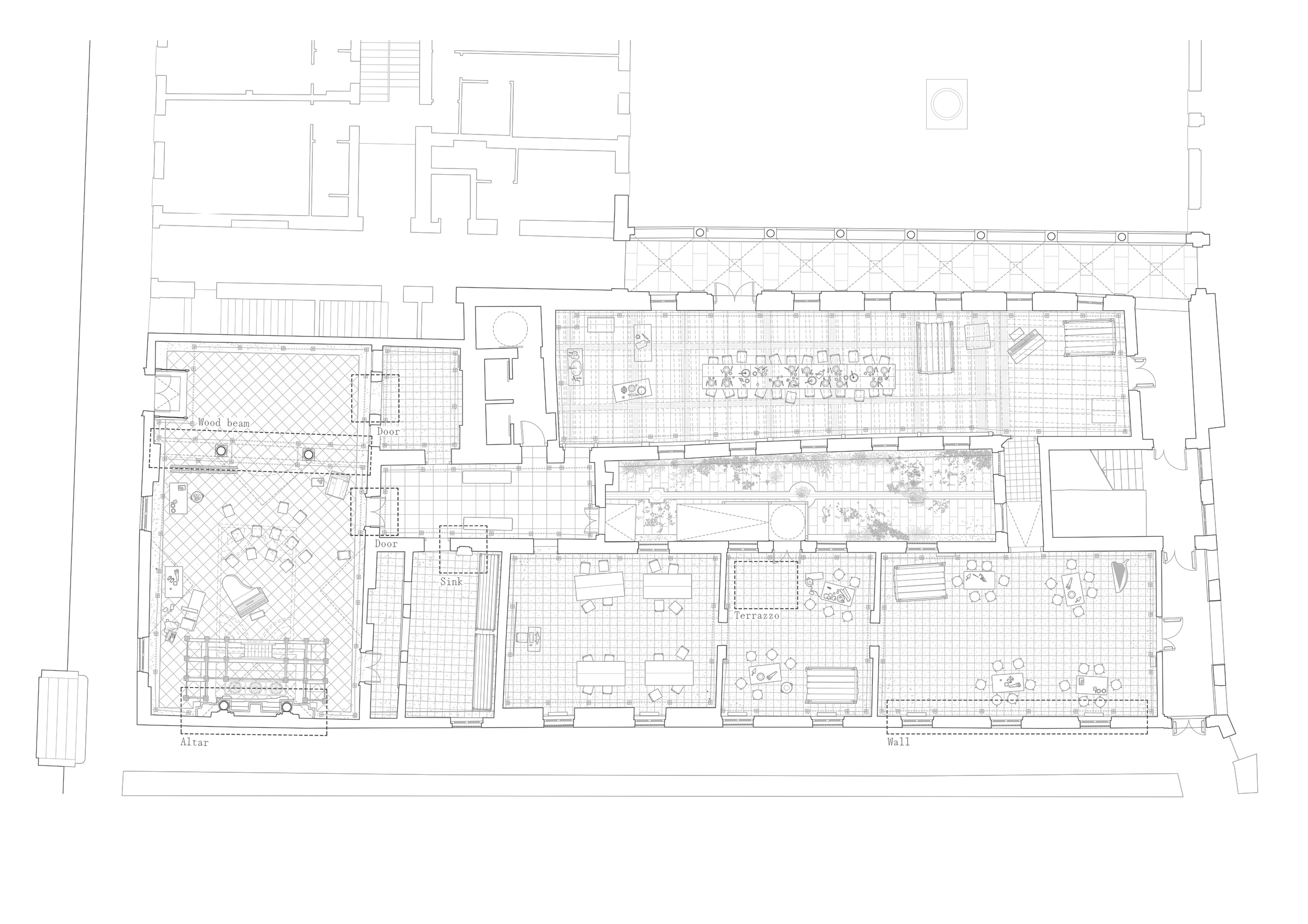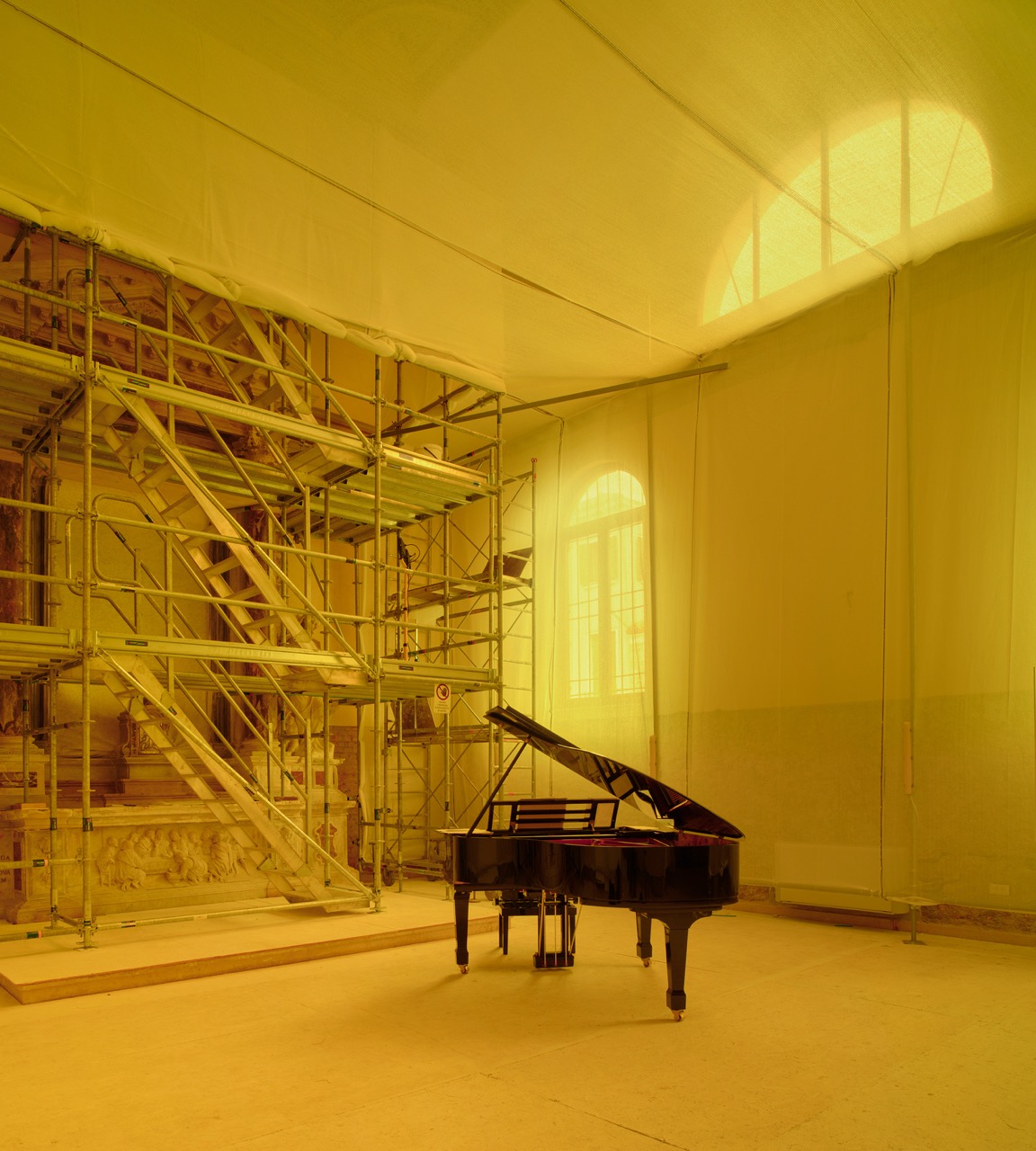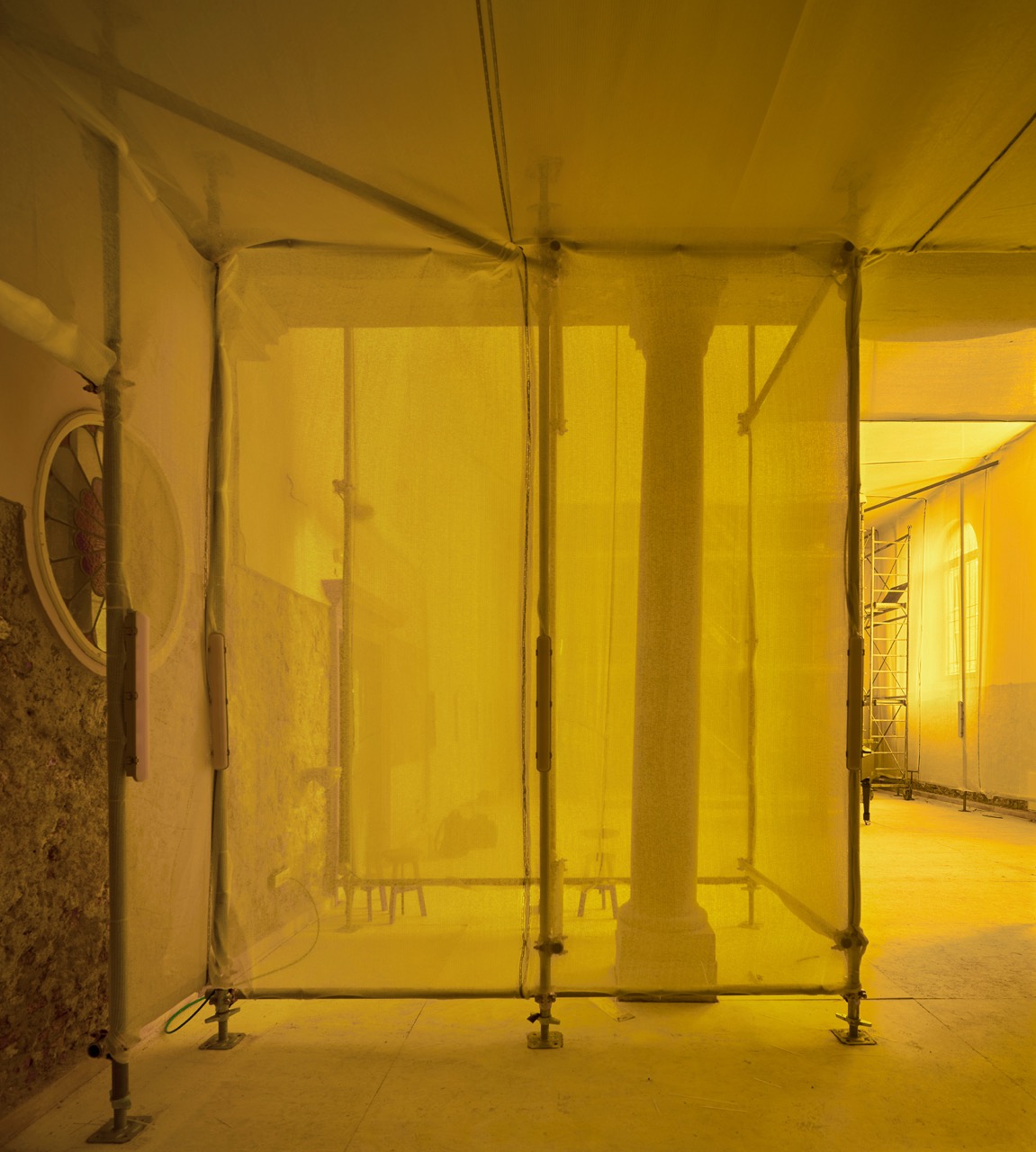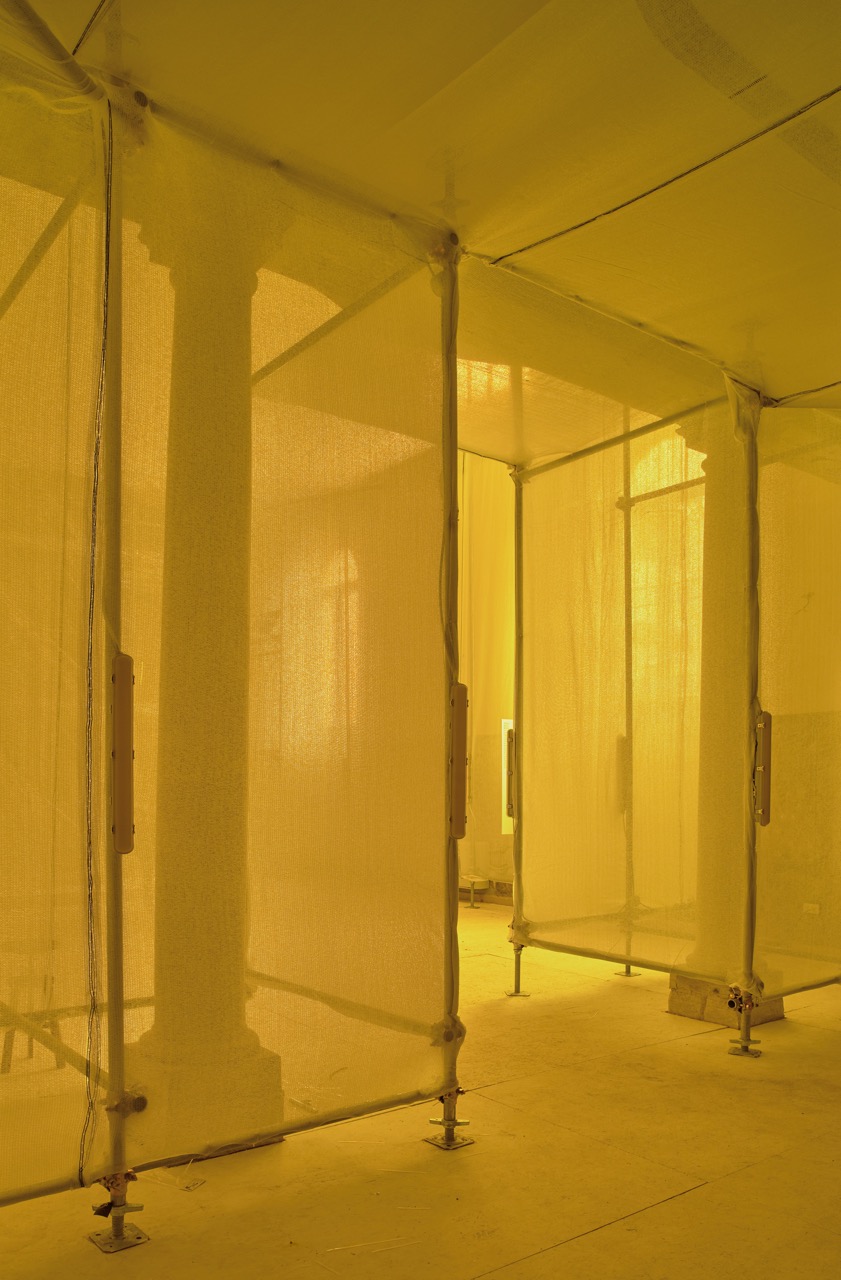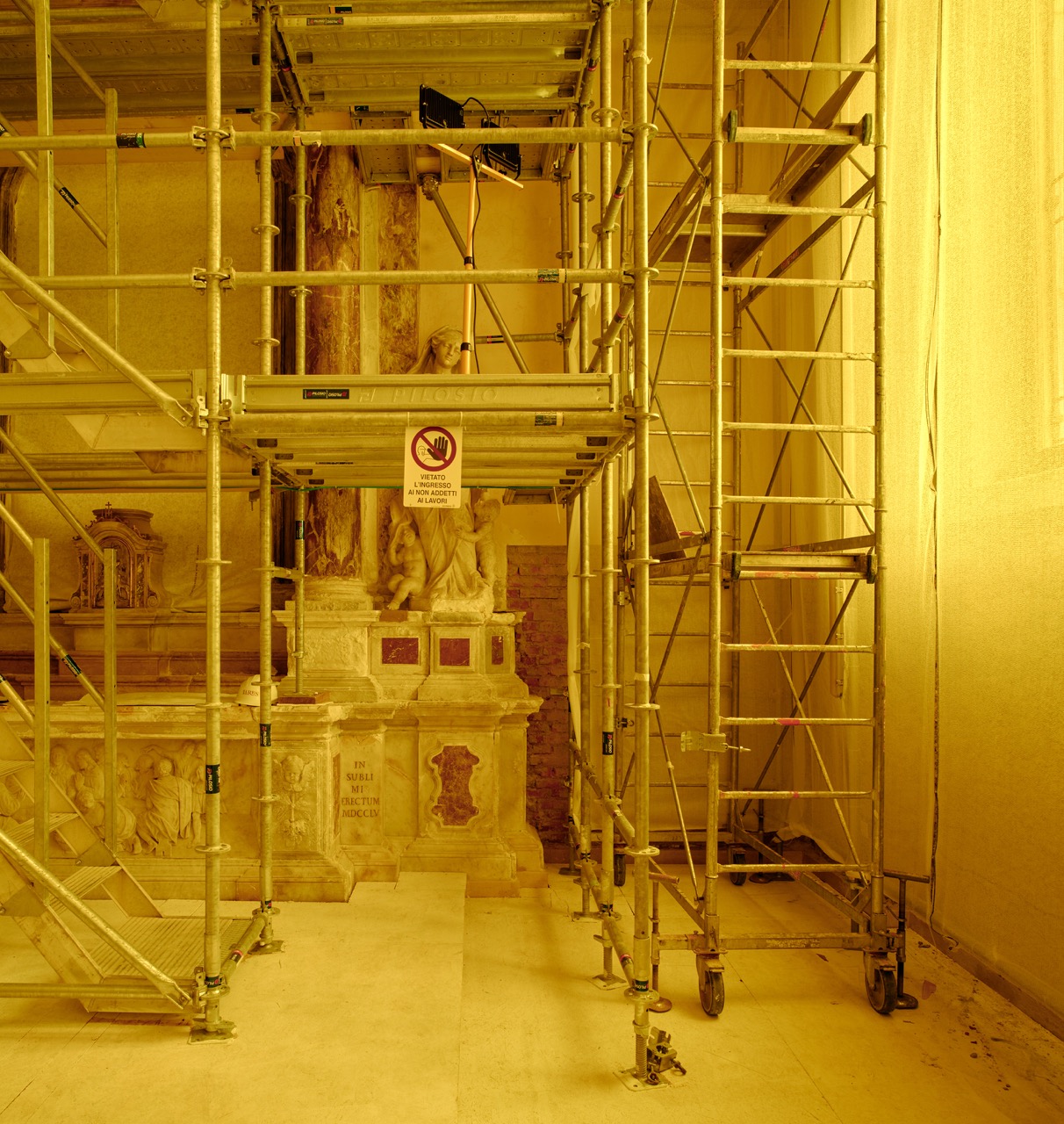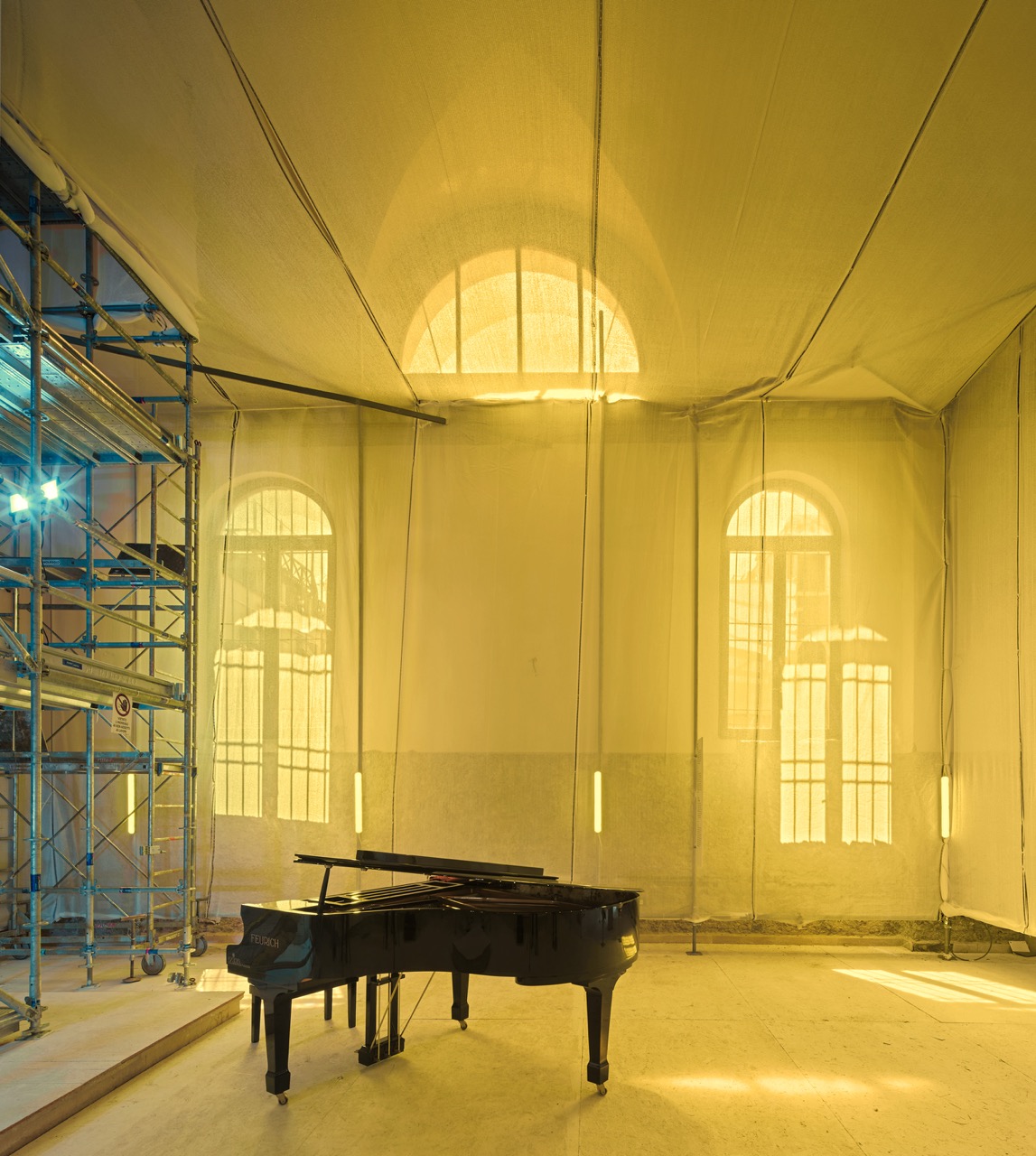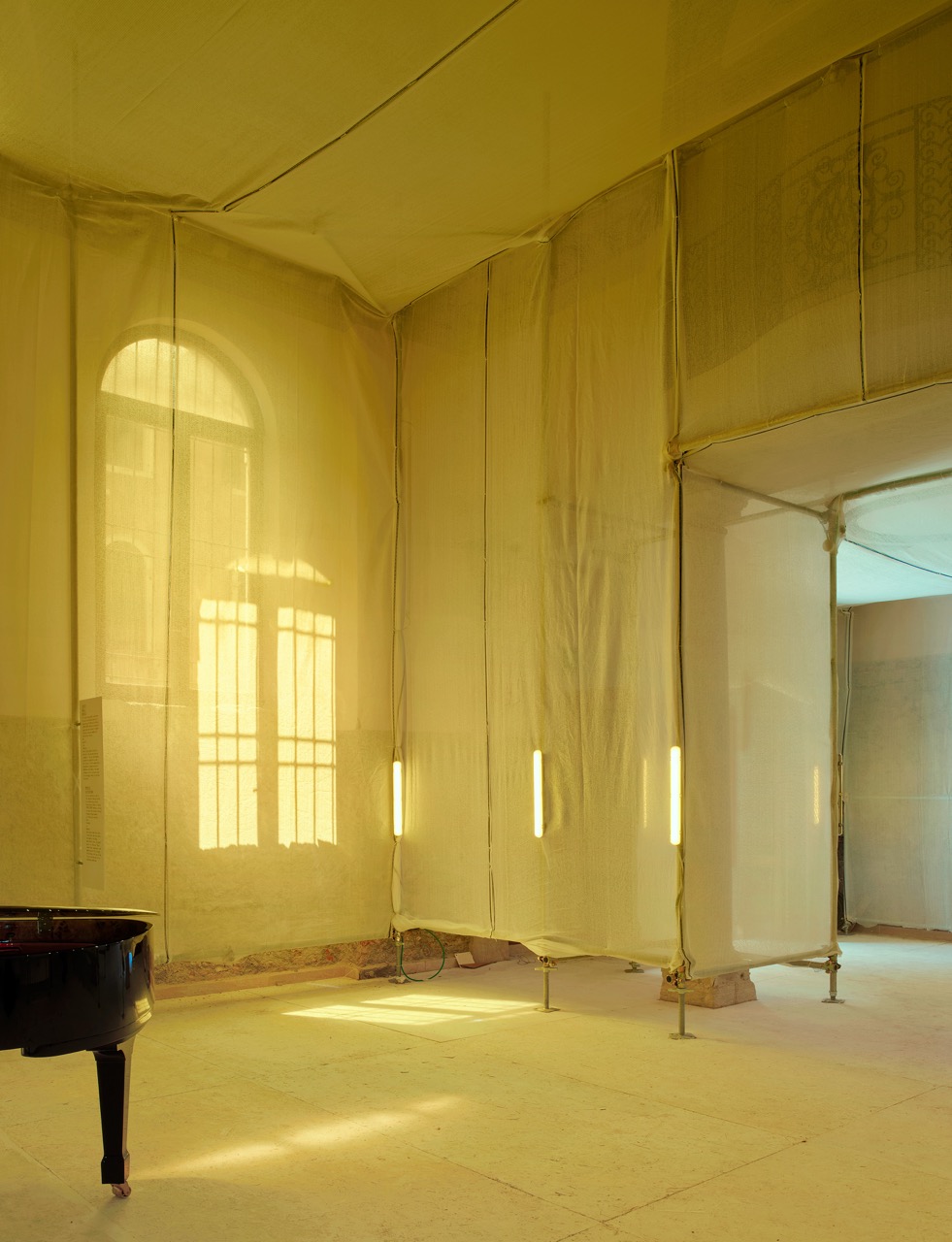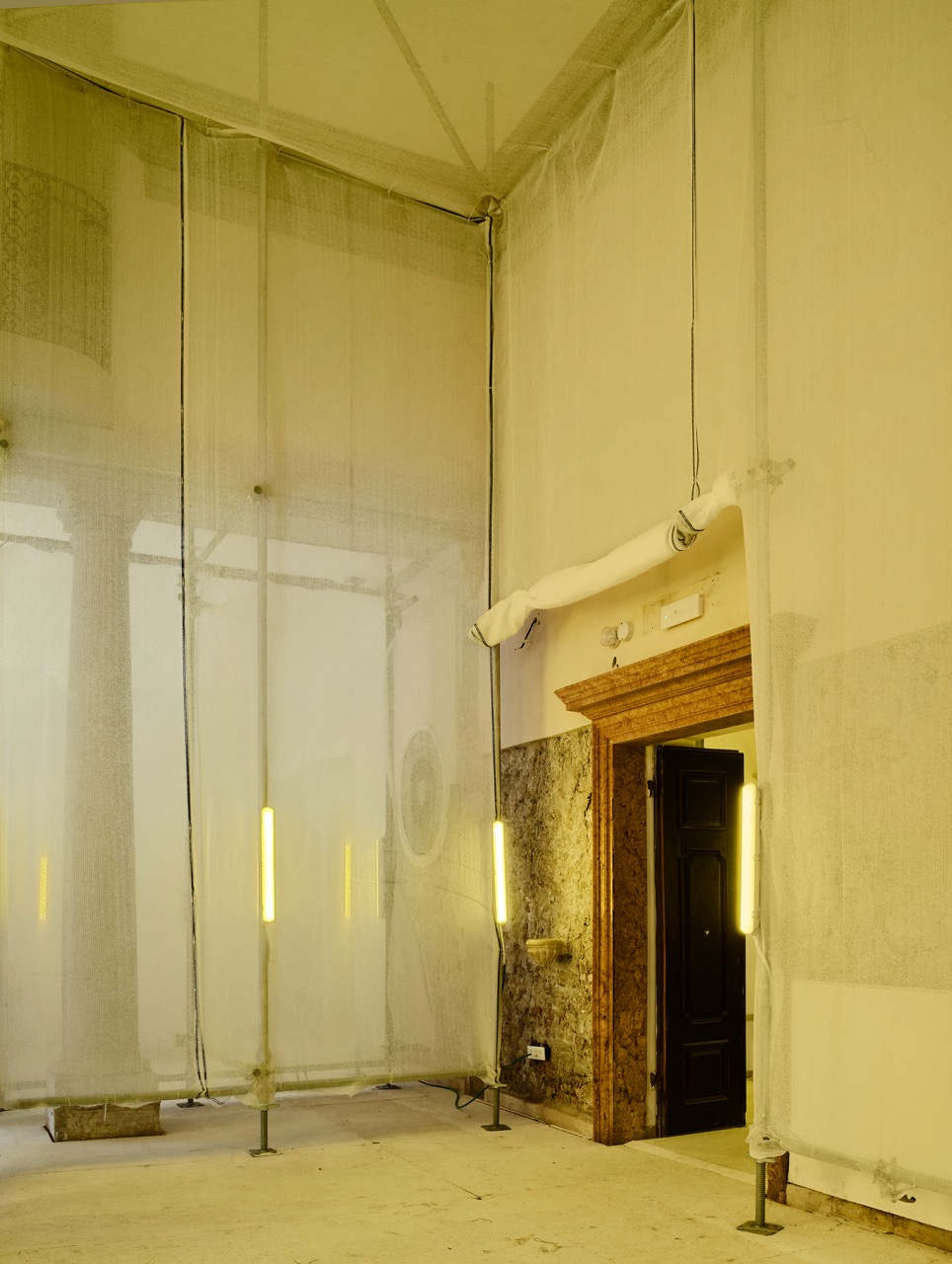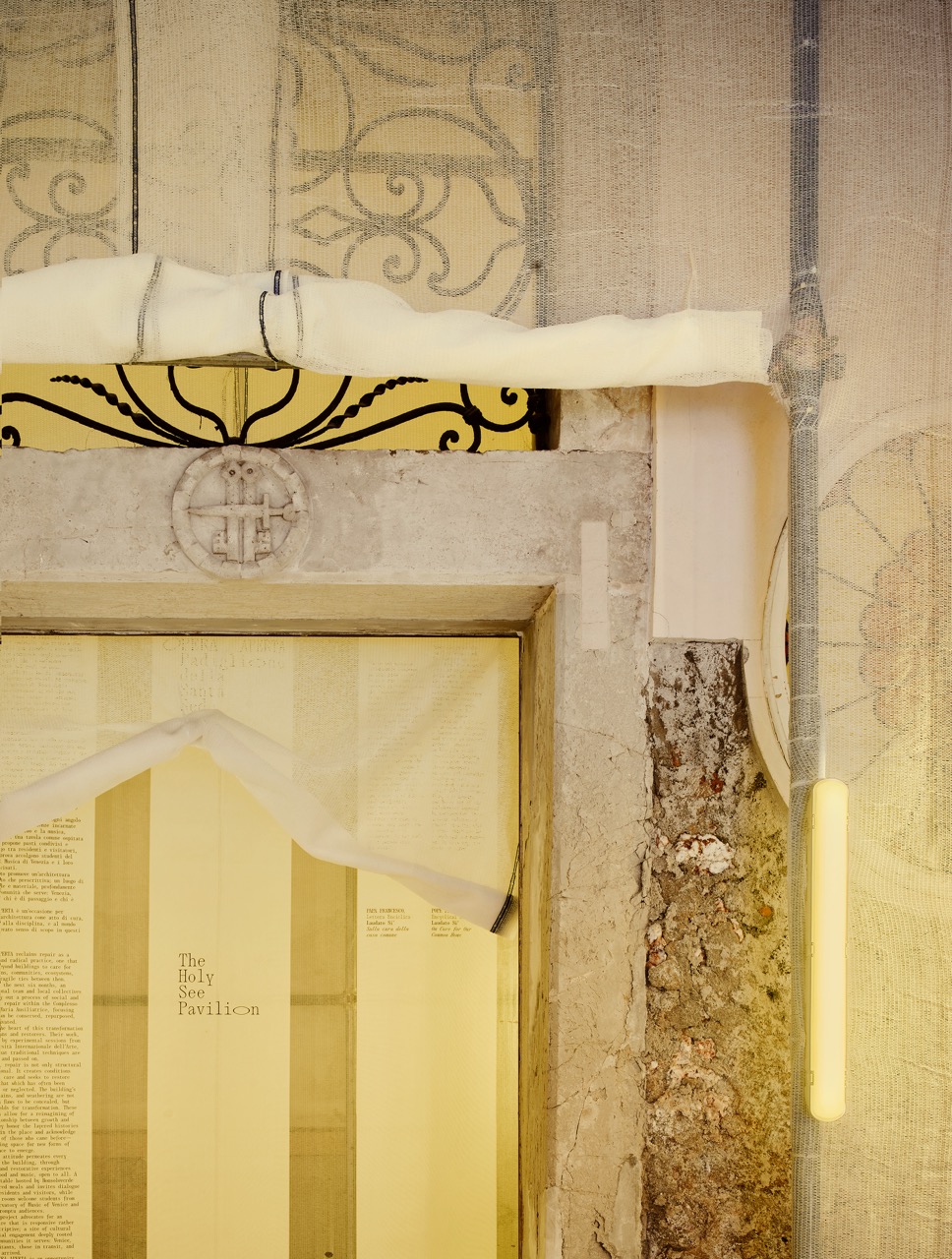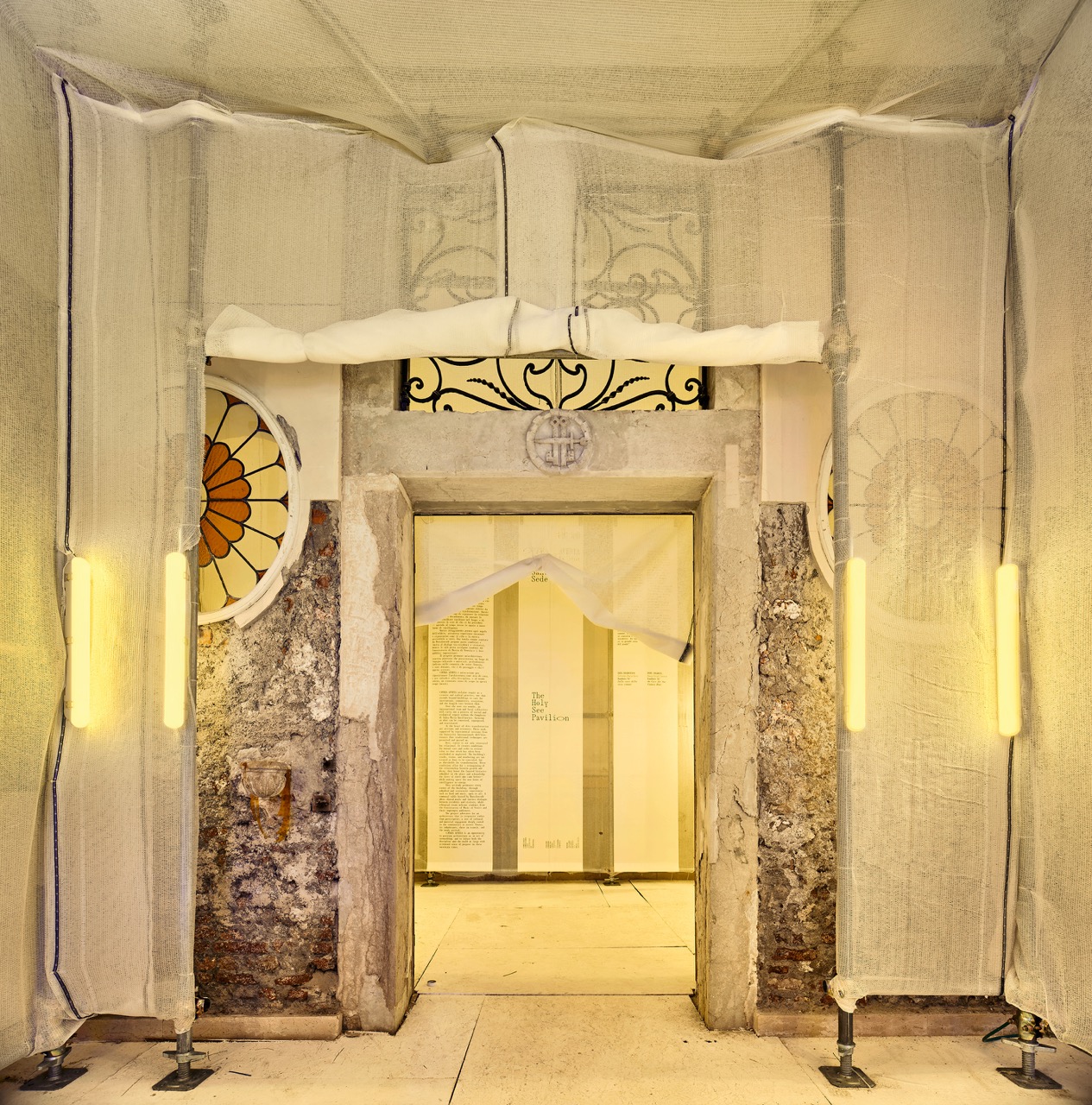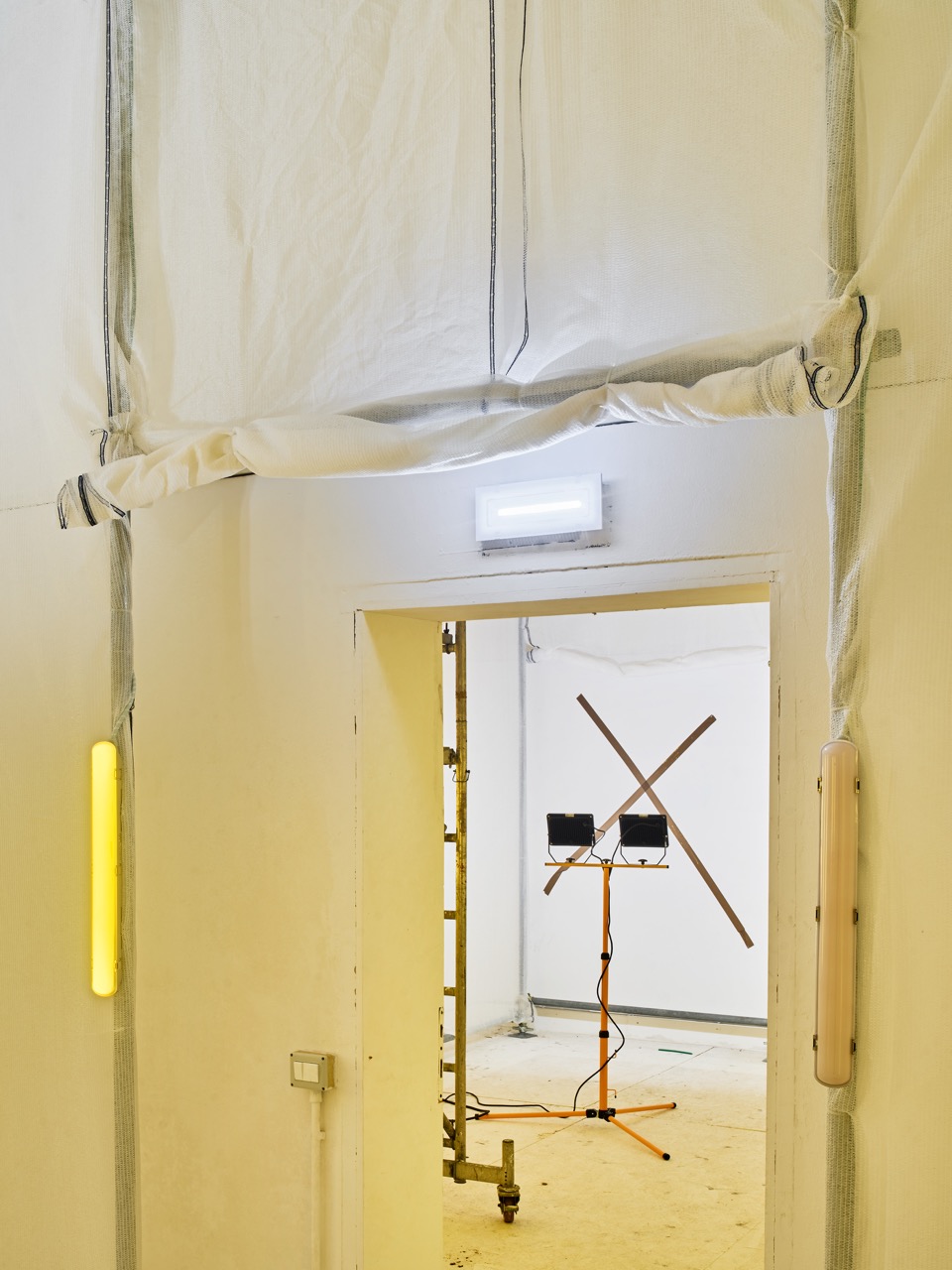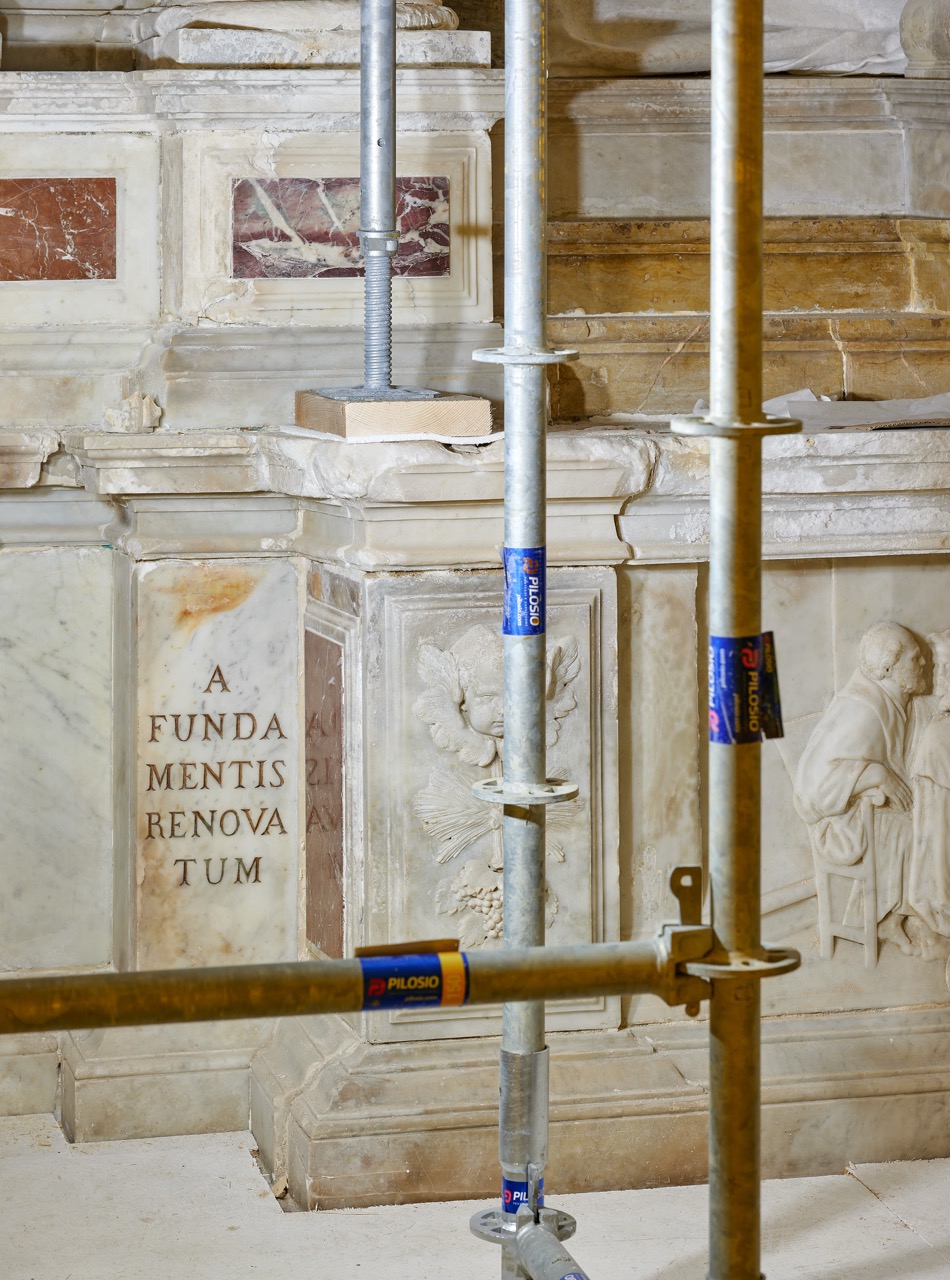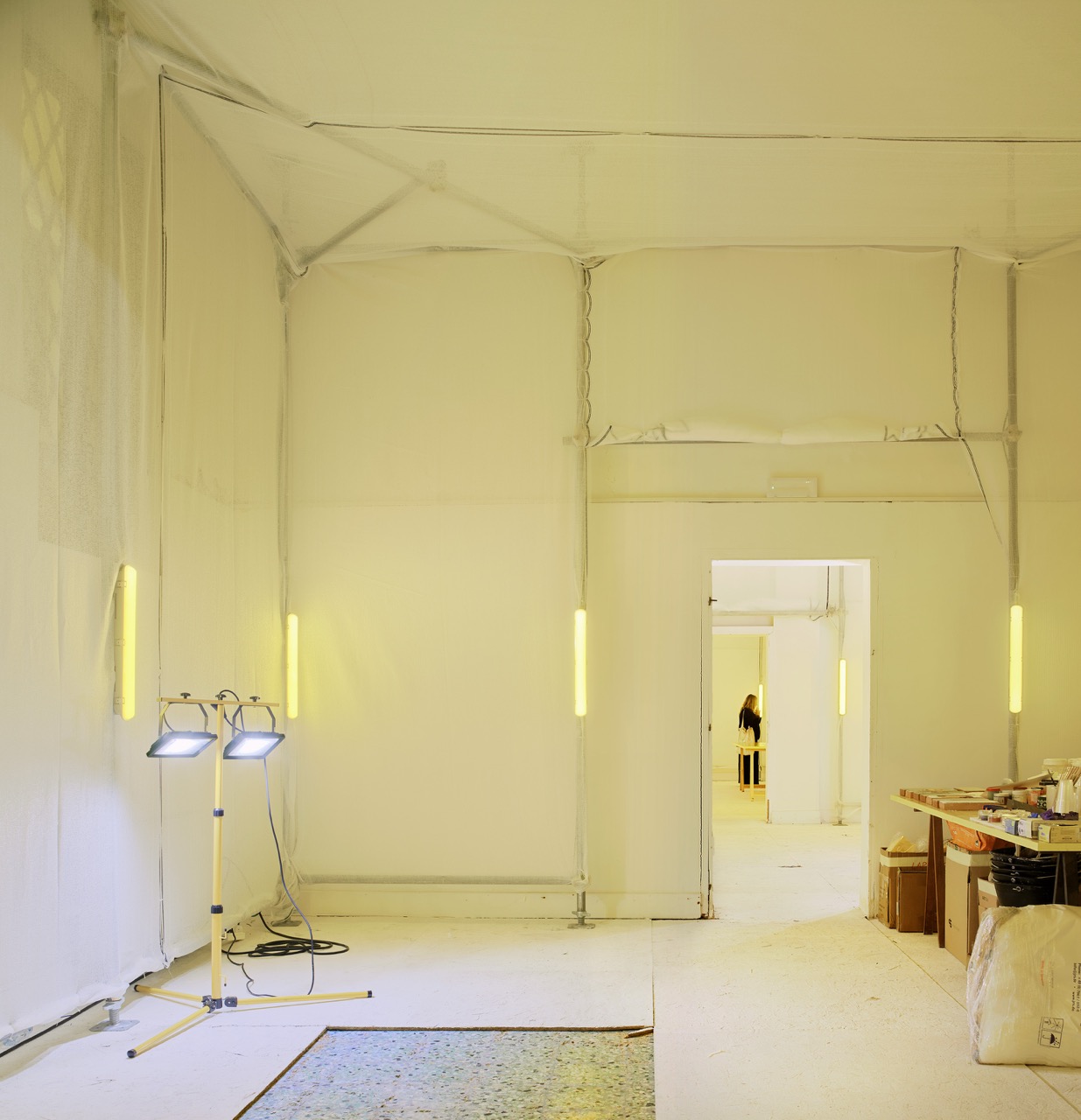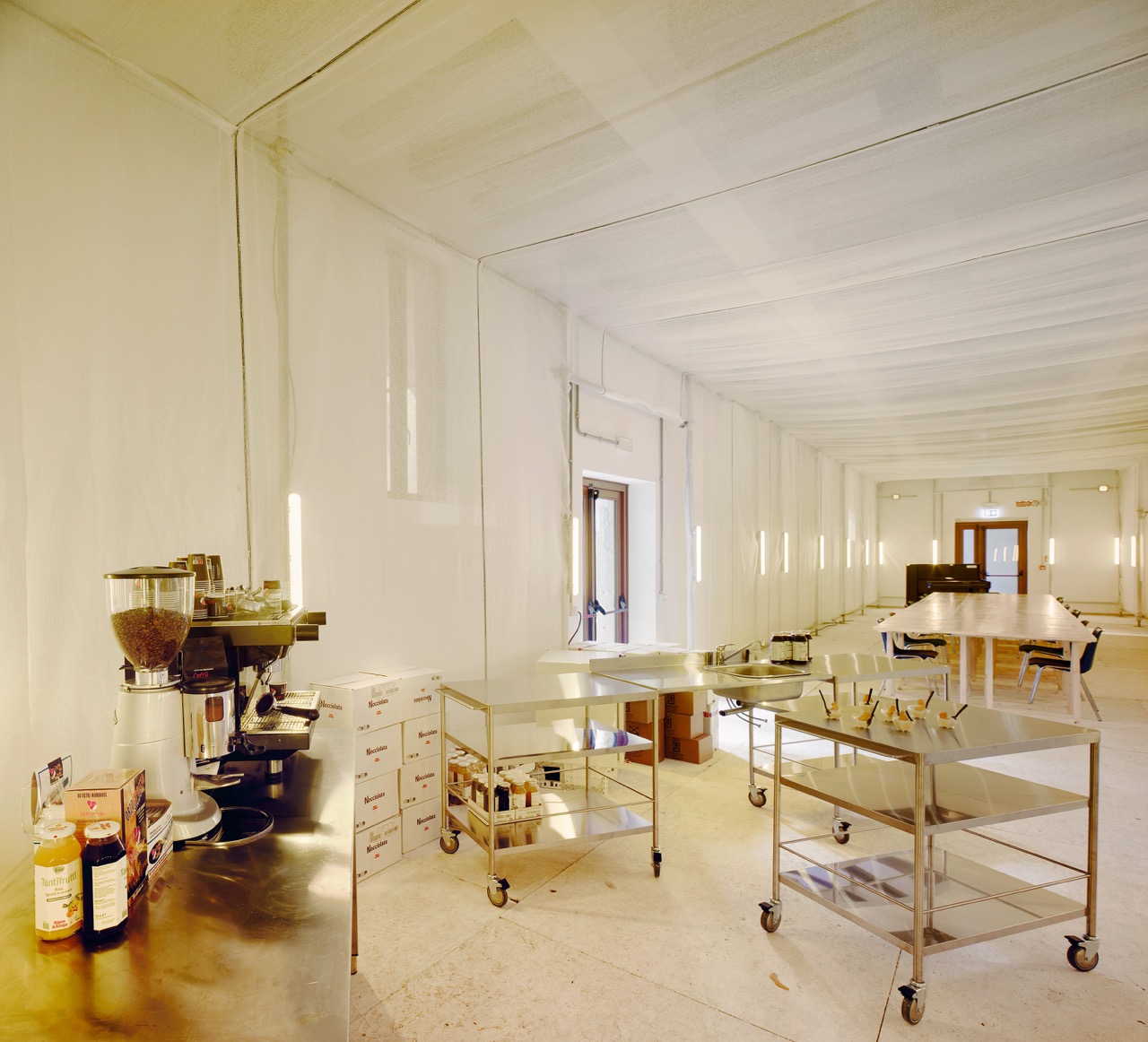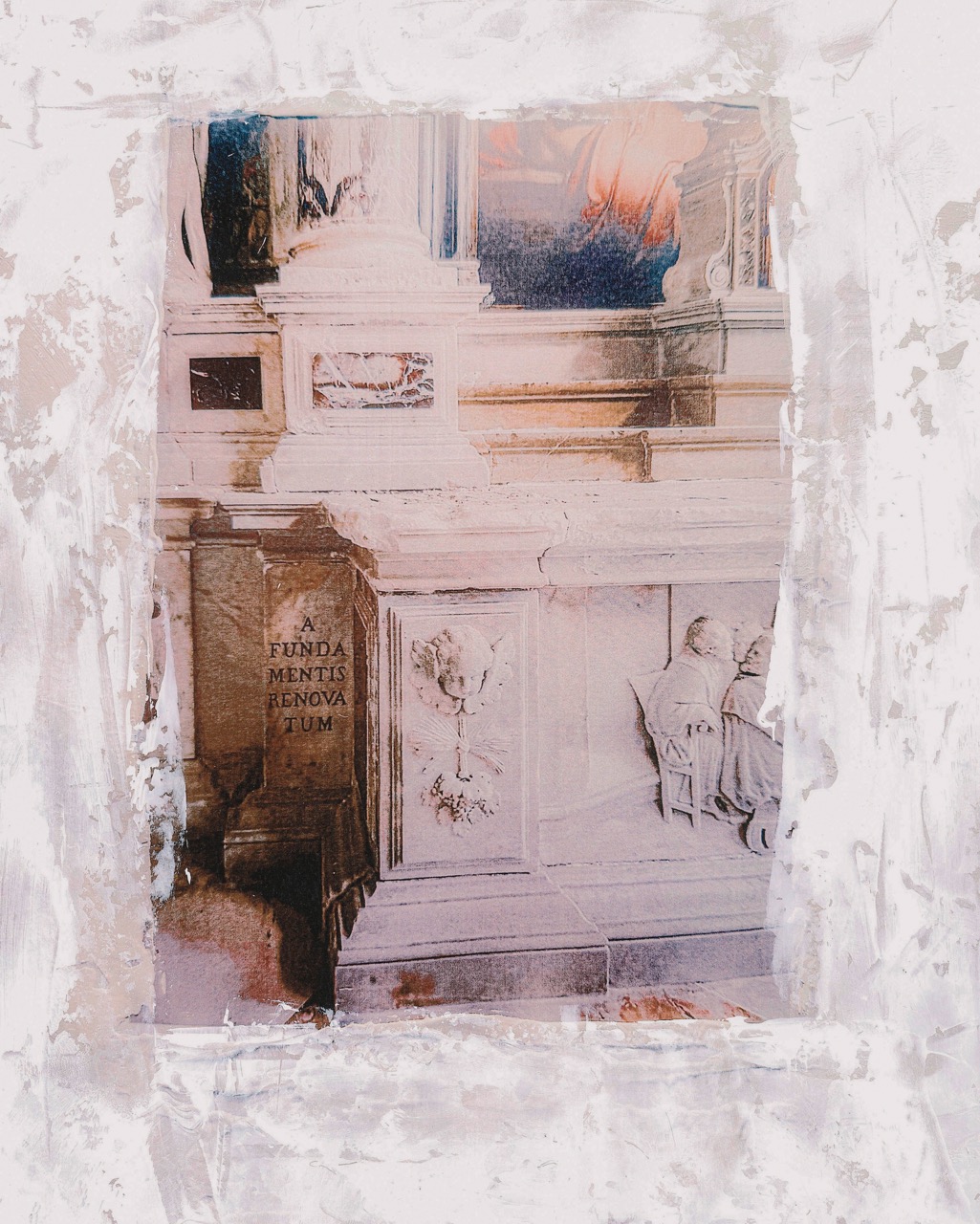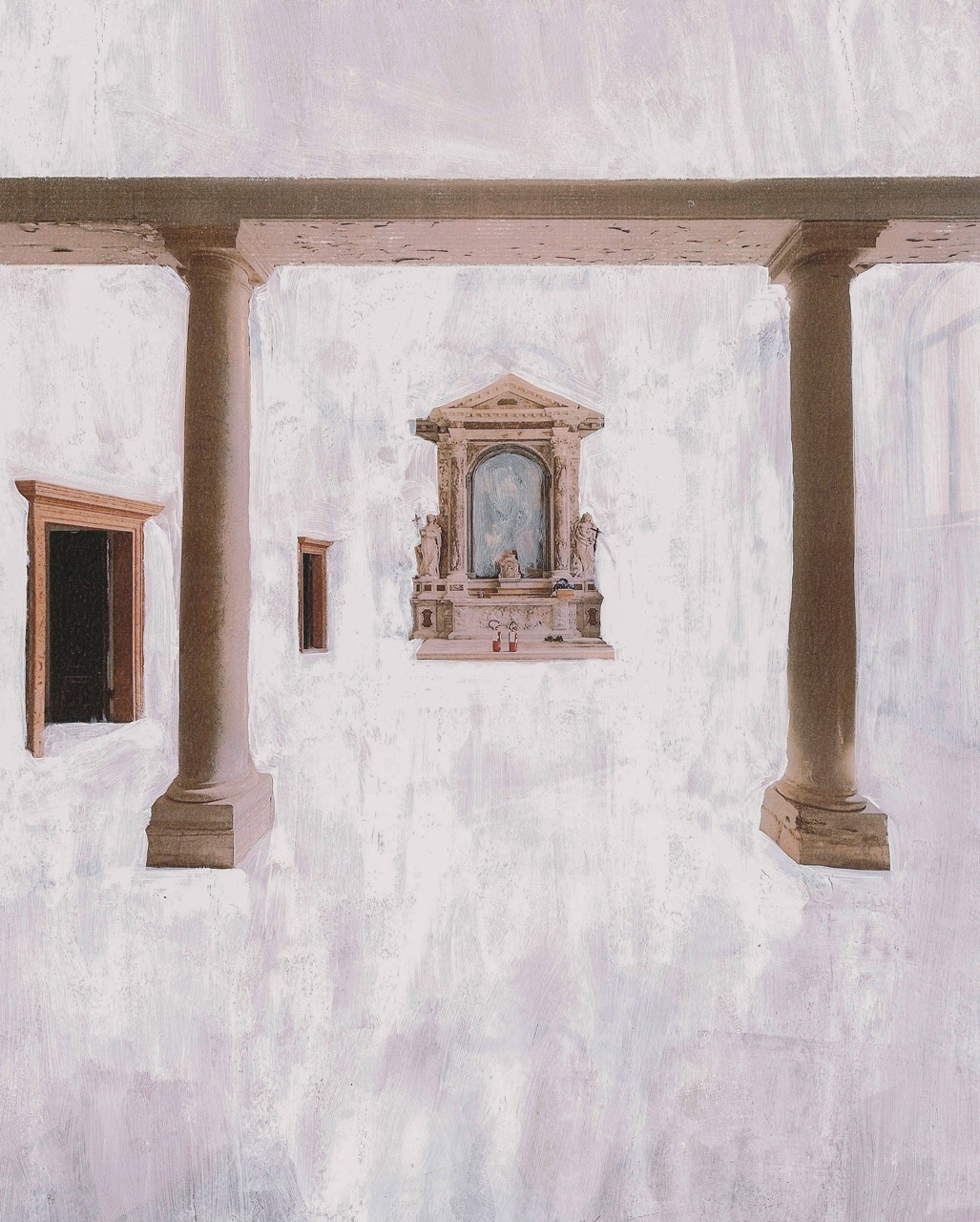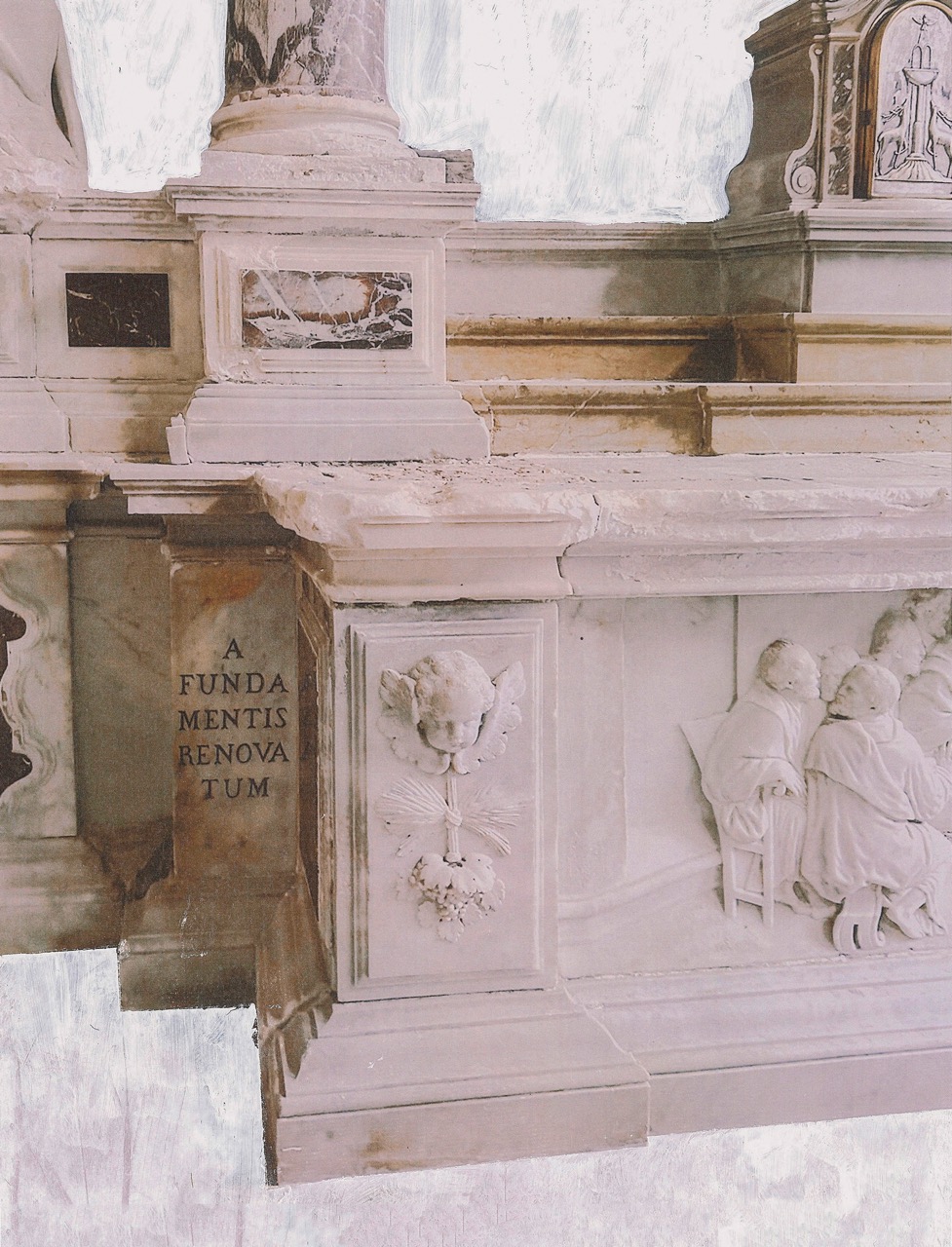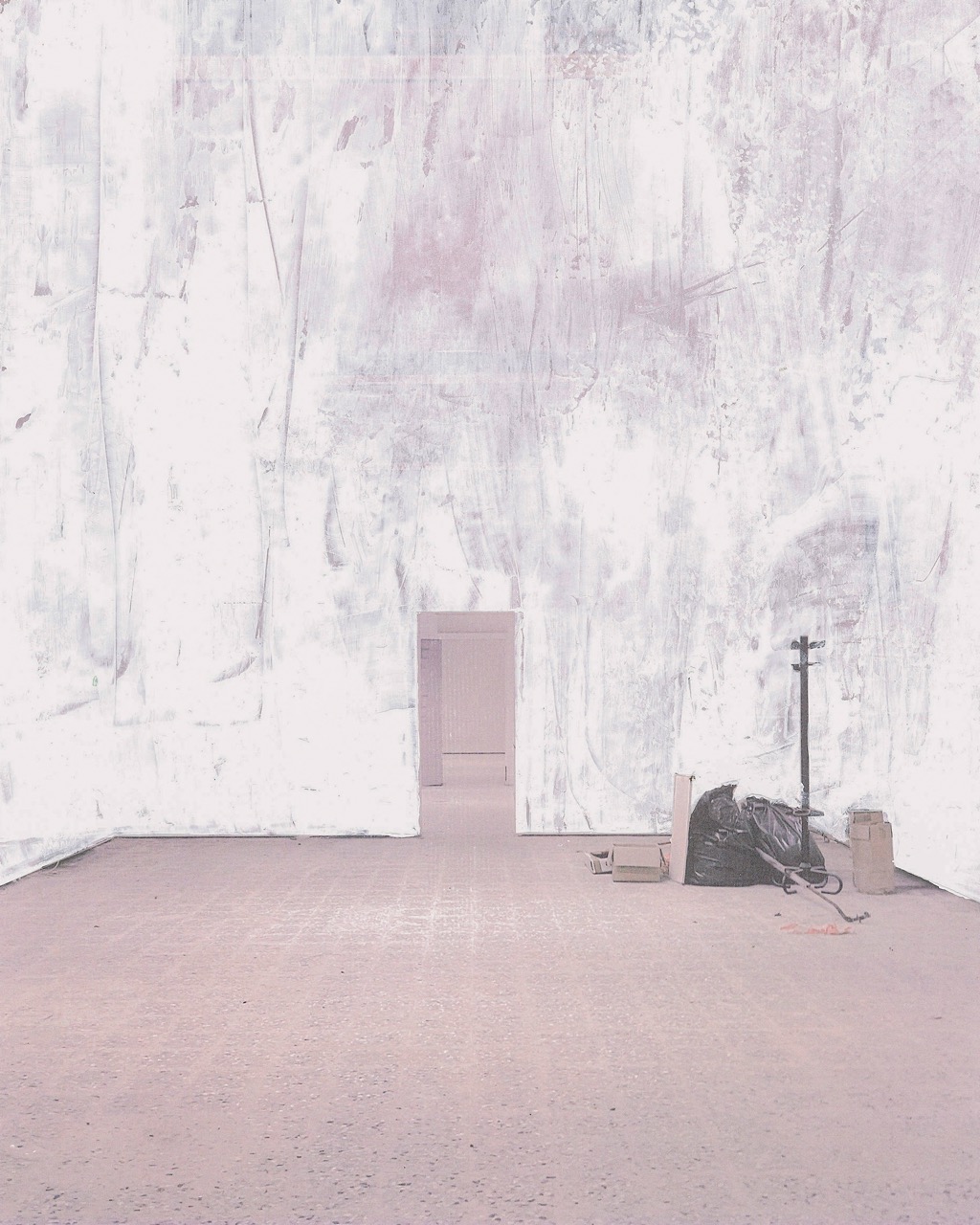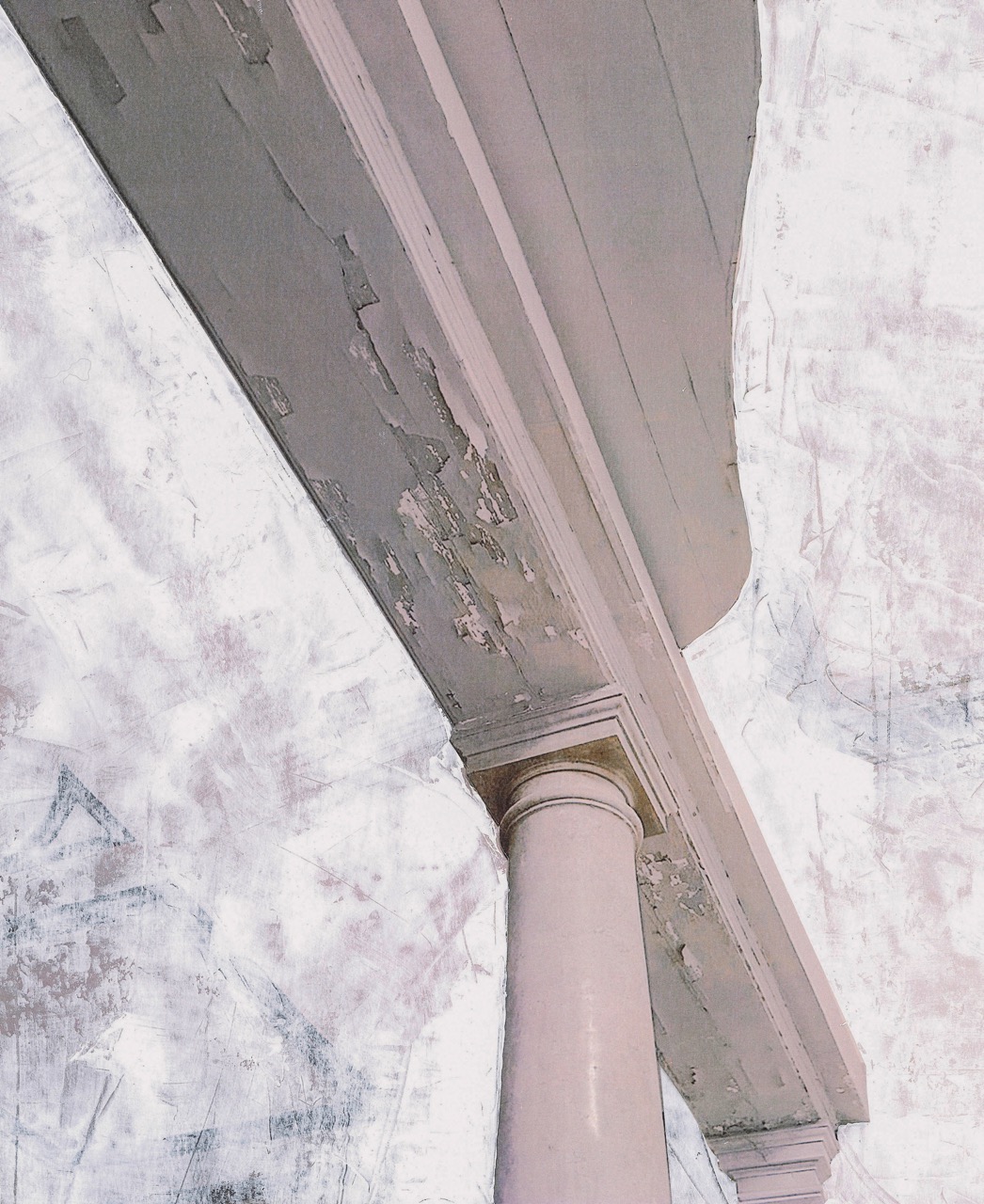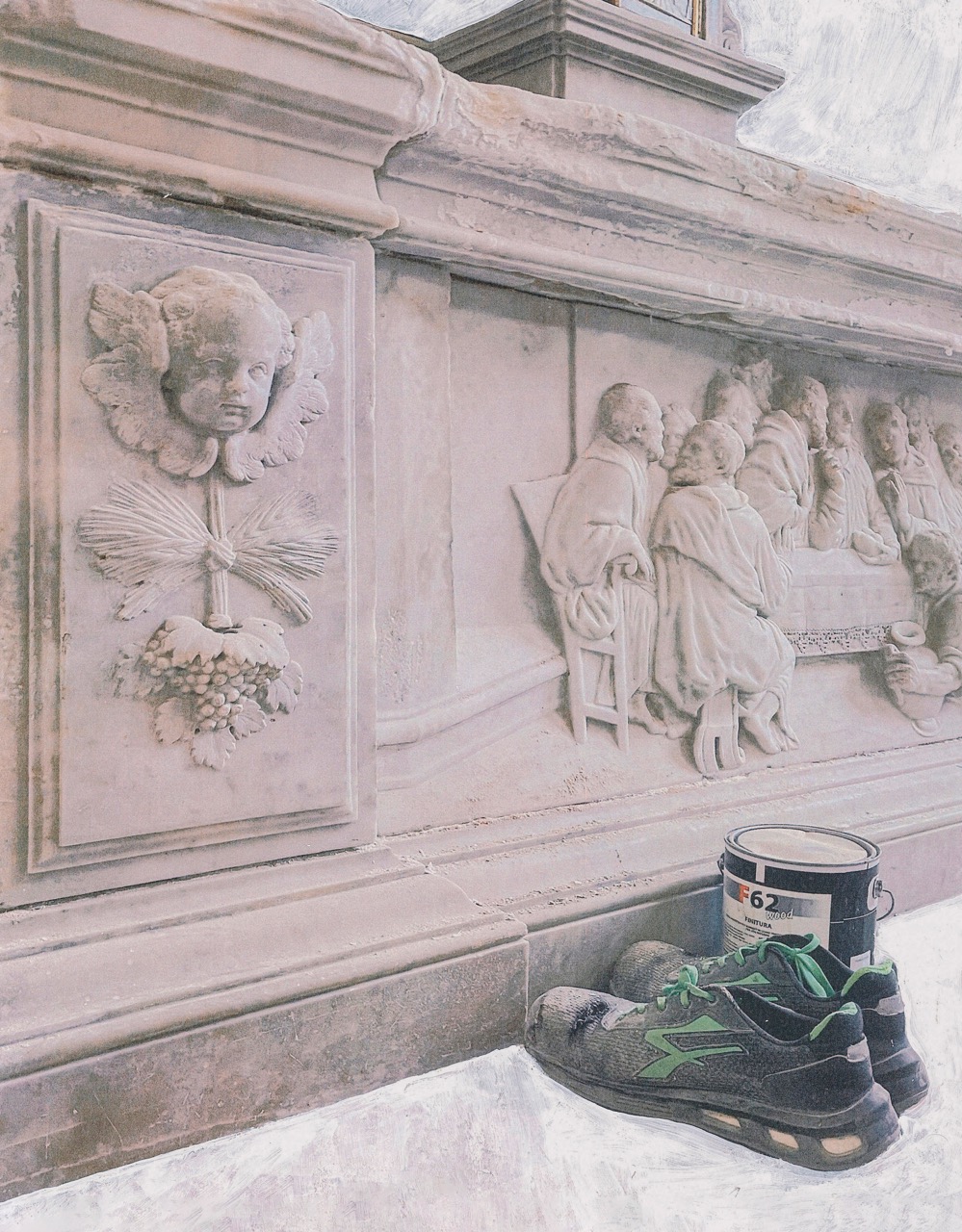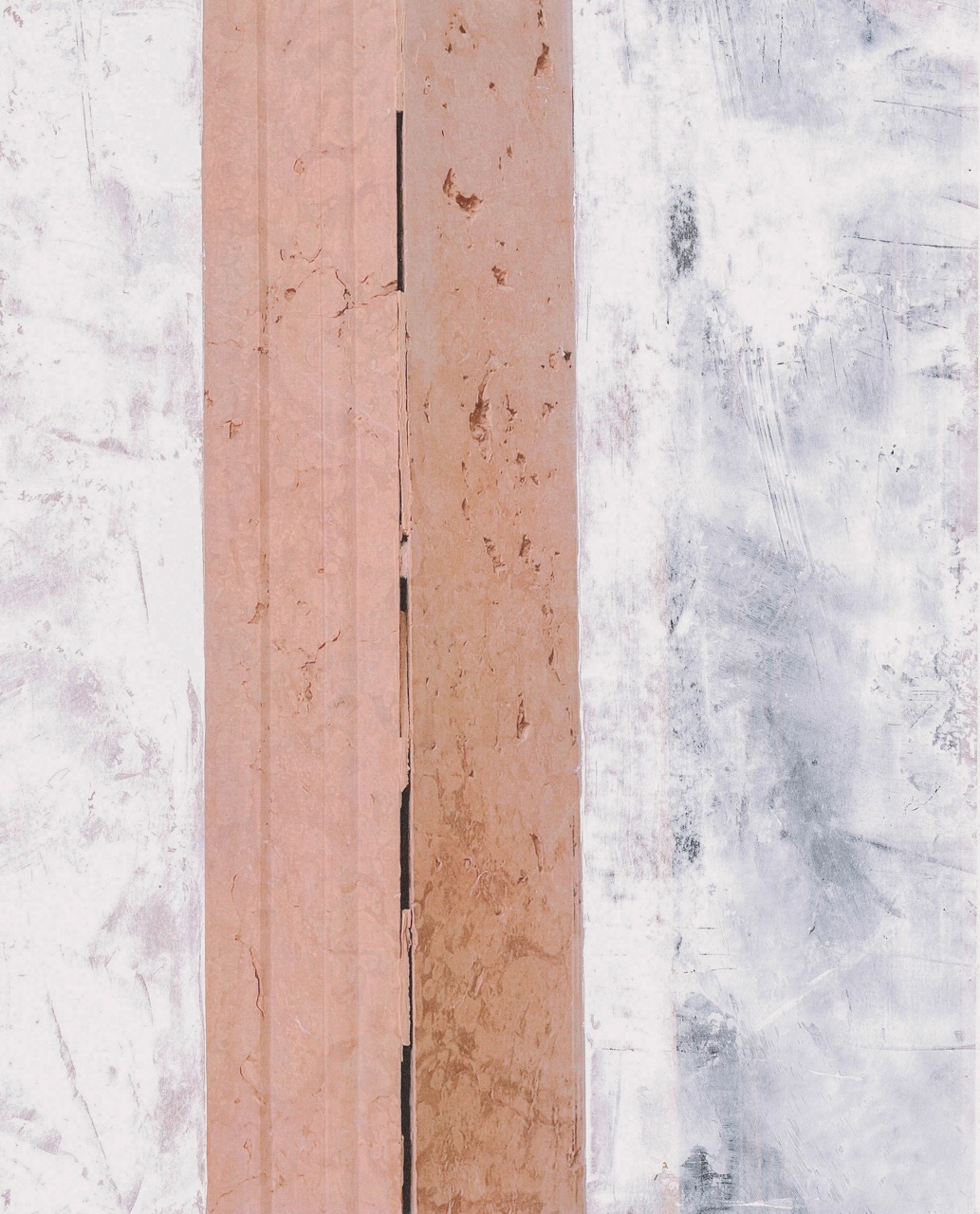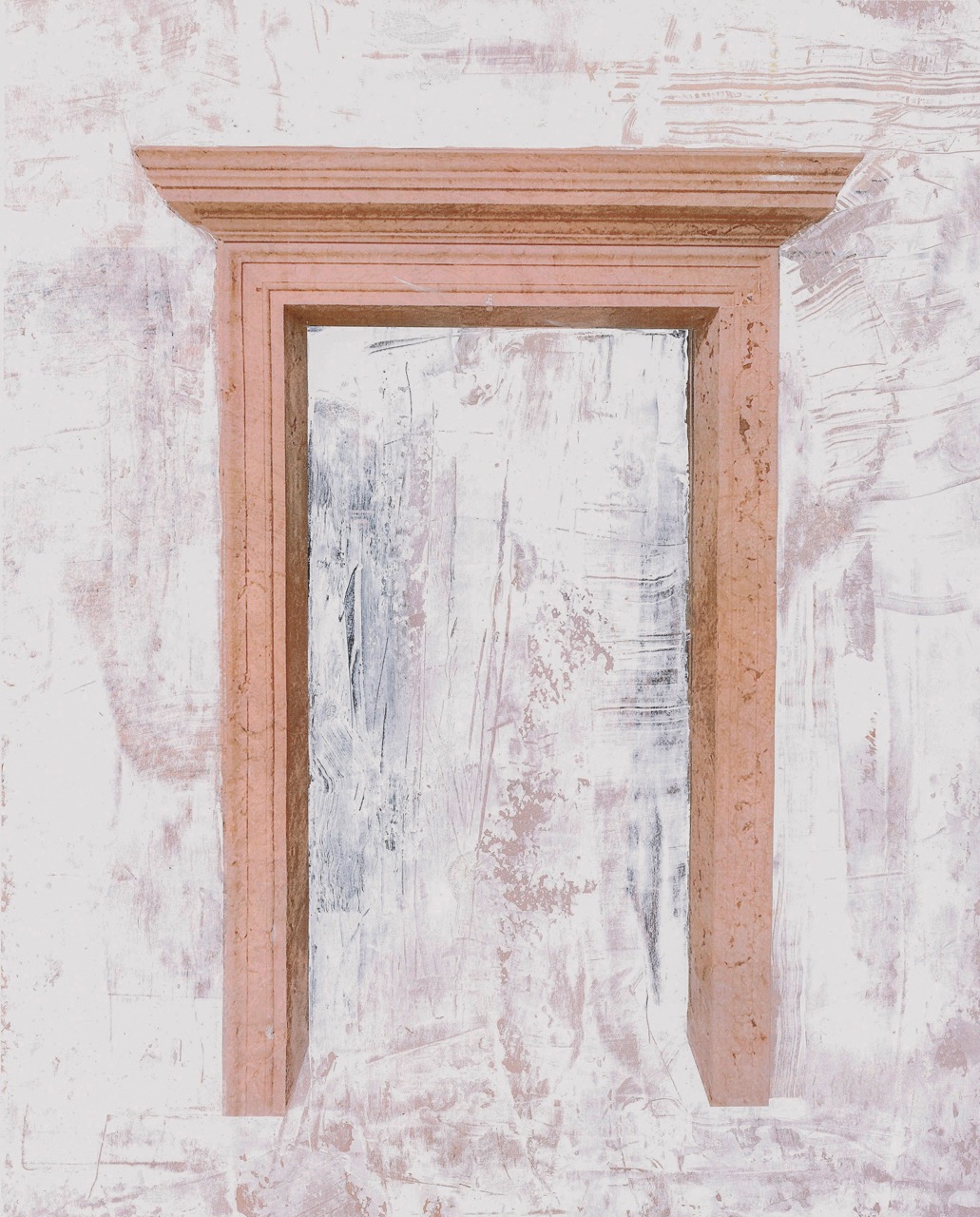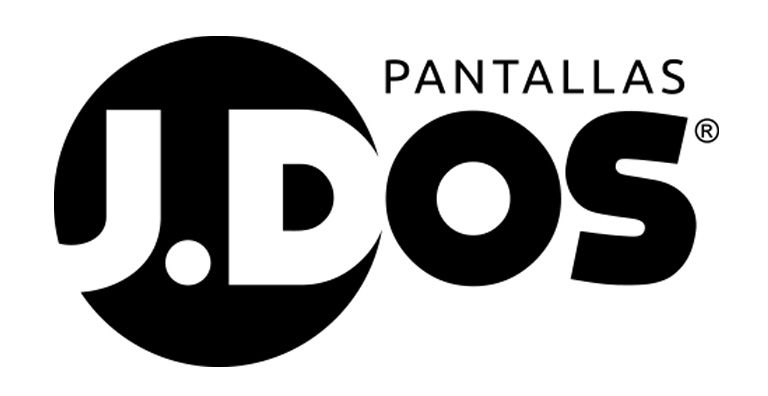Once a year, Venice bursts into celebration as the Venice Biennale draws visitors from all over the globe. Planes, trains, and boats bring crowds to the small island transformed by art, architecture, and dazzling events. But once the storm has passed, when the streets are littered with confetti and the excitement has overflowed the canals, what is left? Does anything endure or contribute to the lives of the Venetians, who inhabit the city throughout the year?
This year’s proposal for the Holy See Pavilion, curated by Marina Otero Verzier and Giovanna Zabotti, with the contribution of Tatiana Bilbao and MAIO, addresses this subject precisely. The pavilion is set in a historic building — the Ex Casa di Santa Maria Ausiliatrice, dating back to around the year 1000 — which was handed over by the city of Venice.
Instead of curating a temporary exhibition that will disappear in a few months, the team decided to invest their resources in restoring the original structure. This restoration is led by Venetian artisans, specialised in the recovery of works of stone, stucco, marble, wood and metal. The exhibition goes beyond simply being a temporary installation, and becomes a lasting act of gratitude towards the city of Venice, offering them a gift that will endure.
Opera Aperta proposes repair as a radical act, one that extends beyond buildings to care for institutions, communities, ecosystems and the fragile ties between them. Repair, in this case, is not only understood as structural but also relational. The exhibition displays a space in constant transformation: an open construction site where visitors are invited to witness and engage with the process of restoration. The involvement of local craftspeople, along with experimental workshops led by the Università Internazionale dell’Arte (UIA), ensures that traditional techniques are passed on.
This year’s Holy See Pavilion for the Venice Biennale takes a step further and questions the fate of temporary exhibitions and the resources involved, at a time when fast fashion, fast food, and the short-term consumption of resources—for displays lasting only three months—are no longer valid. Echoing the approach MAIO has had in other previous projects, such as the IKEA/Vinçon exhibition in Dhub (Barcelona), this proposal offers an encouraging example for the future of temporary installations. Opera Aperta positions architecture as a practice of care—an act of stewardship that invites us to reimagine both the discipline and our shared future with a renewed sense of purpose.

